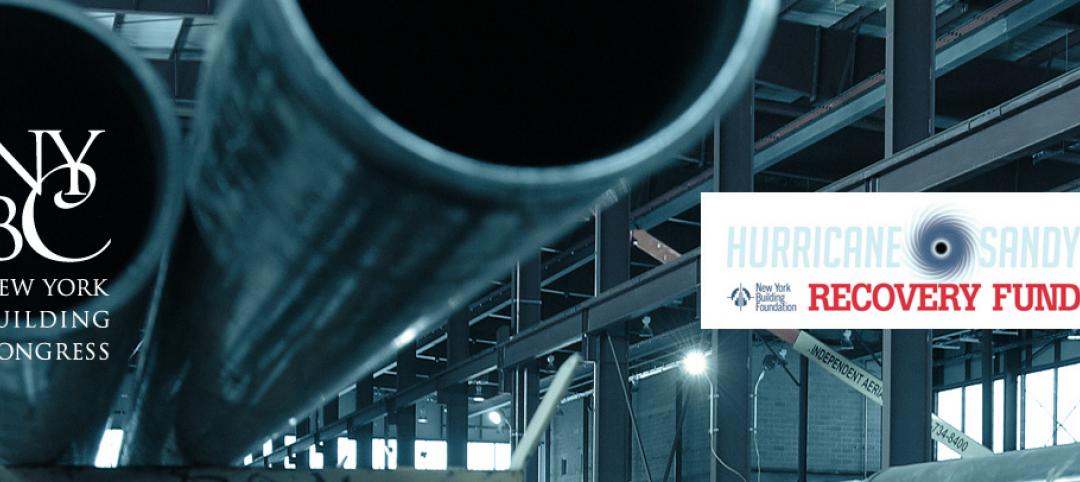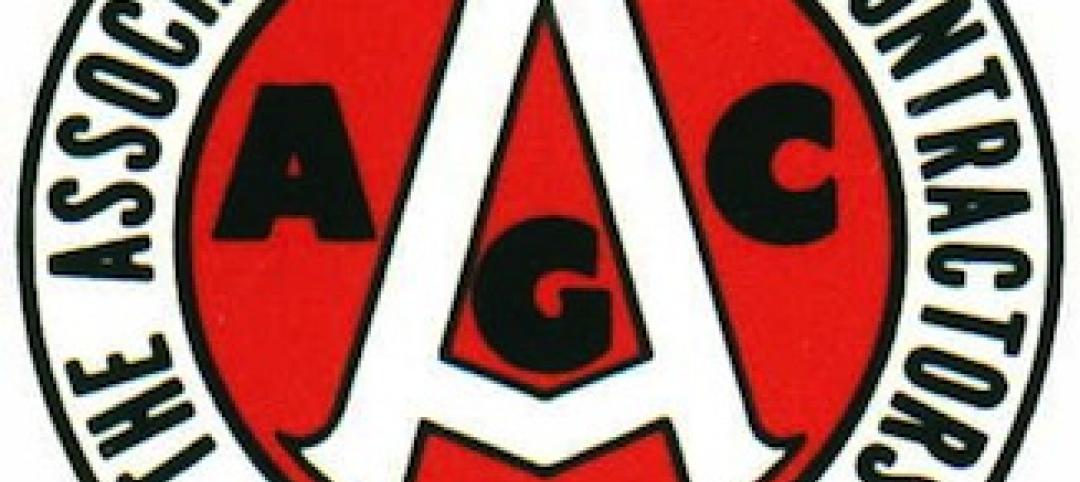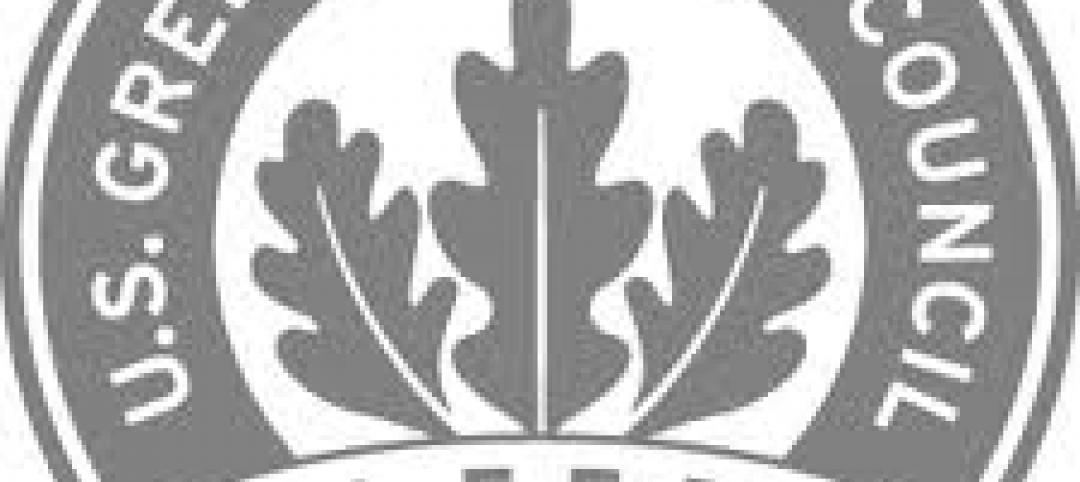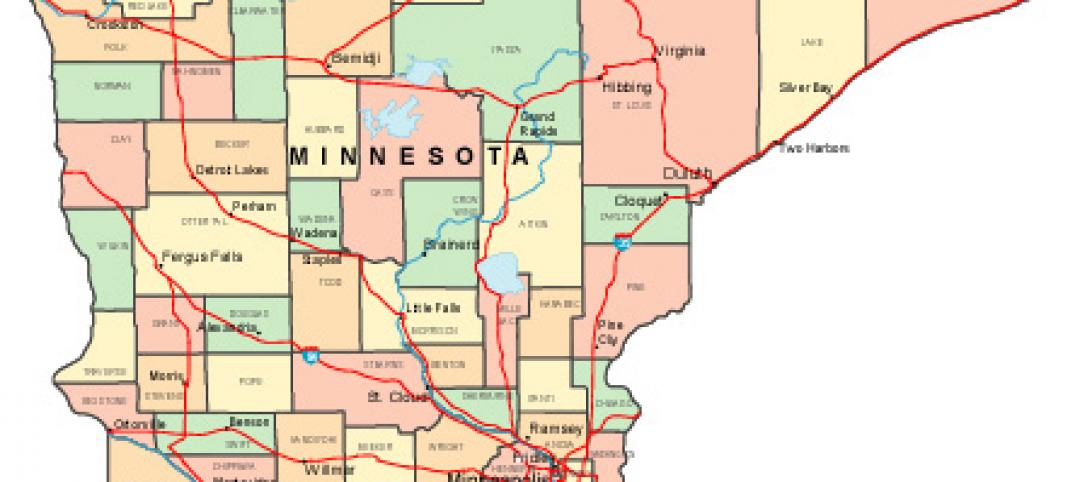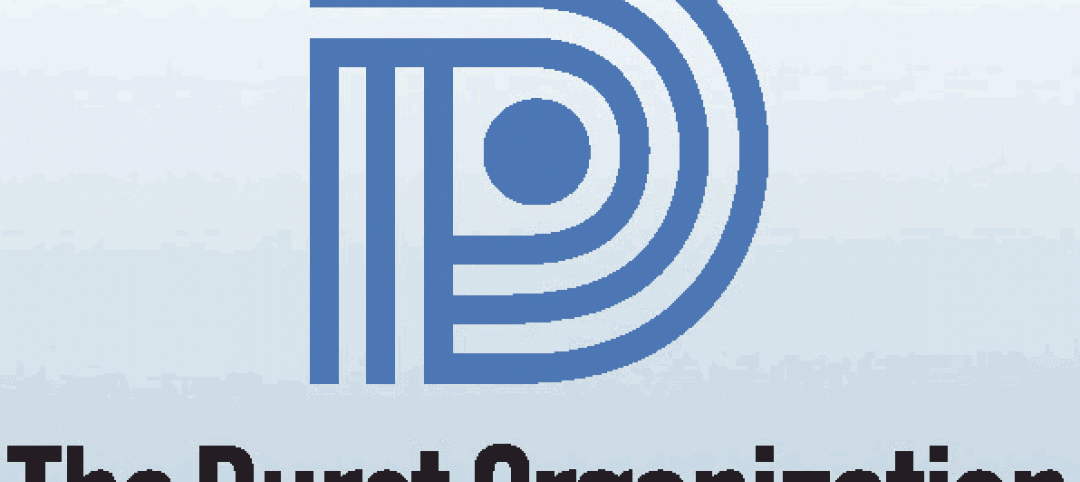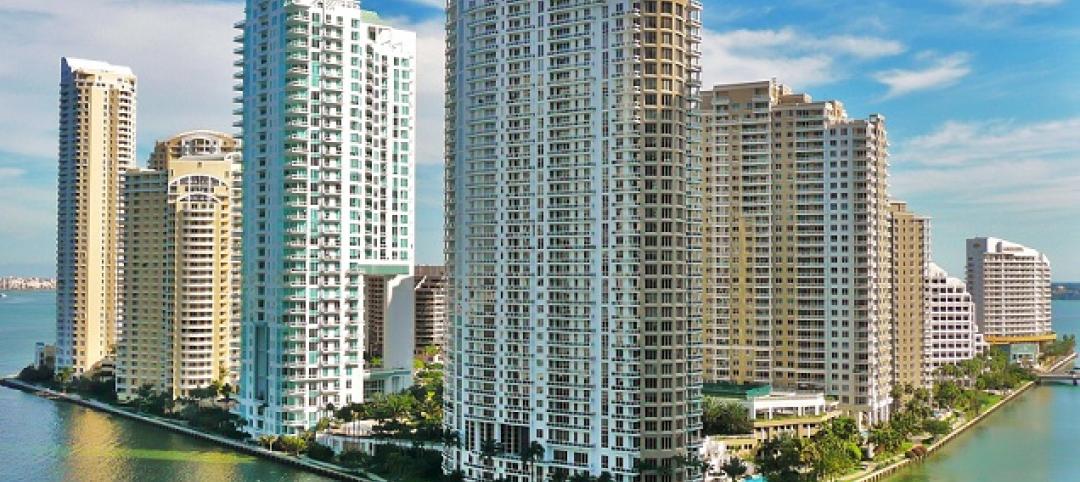Two bills in the Maryland House of Representatives that would restrict the use of wood-frame construction are getting harsh criticism from the timber industry and the design and construction community.
Maryland House Bill 1311 would prohibit a multifamily dwelling from being constructed using wood-frame construction in communities exceeding a specified population density. A similar bill has been introduced in Maryland’s Senate.
American Wood Council (AWC) Northeast Regional Manager Matt Hunter, and representatives from building owners, architecture, development, and engineering, all testified against the bill.
“These bills would circumvent the extensive effort architects, engineers, and building code officials put into the process to regularly update the national model building codes,” Hunter said. “The construction requirements of the model codes are developed by the International Code Council, and approved by building and fire officials from all over the country in a consensus process. Subsequently, Maryland adopts these model codes and requires each jurisdiction to use this building code.”
“The code establishes requirements such that all buildings have similar safety performance regardless of the materials from which they are constructed,” he continued. “There needs to be a realization that fires occur in buildings of all construction types and materials, and all buildings are affected by fire. In most instances it is the furnishings and contents brought into buildings that cause fires, so targeting wood construction in multi-family buildings is not going to improve occupant or firefighter life safety.”
Related Stories
| Nov 29, 2012
New York contractors say they will pay tax despite a court ruling that the tax is unconstitutional
The New York Building Congress says it will voluntarily pay a tax declared unconstitutional by the courts because, it says, the money is vital to maintaining the city’s transportation infrastructure.
| Nov 29, 2012
Storms like Sandy highlight the need for stricter codes, says insurance expert
Experts on insurance, weather, and catastrophe modeling say the role of climate change in Hurricane Sandy and future storms is unclear.
| Nov 29, 2012
Quake simulation to test concrete building's strength in California
Researchers aim to gauge how buildings constructed with reinforced concrete withstand an earthquake by conducting a simulation test at a two-story building built in the 1920s in El Centro, Calif.
| Nov 29, 2012
AGC offers stormwater compliance webinar
An effective document management system is necessary to stay in compliance with new and forthcoming stormwater runoff requirements, says the Associated General Contractors of America.
| Nov 29, 2012
Government policies help accelerate adoption of green building
Green procurement policies or green building mandates can help accelerate the adoption of green building practices, according to research by Timothy Simcoe and Michael Toffel.
| Nov 26, 2012
Minnesota law to spur development, job creation produced few jobs
Legislation that allowed local governments to direct excess property tax dollars from tax-increment financing districts into other private developments was supposed to kick-start construction hiring in Minnesota.
| Nov 26, 2012
How to boost resilient systems that are sustainable
Cities of the future can be both more resilient and more sustainable by promoting strategies that include solar power and green roofs, programs that minimize demand for energy, rain gardens, and permeable pavement.
| Nov 26, 2012
Developer of nation’s first LEED platinum skyscraper focuses on carbon reduction
The Durst Organization, the developer of the first LEED platinum certified skyscraper in the country, says it will not seek LEED certification for its residential pyramid planned for New York’s West 57th Street.
| Nov 26, 2012
Questions linger over ability of Miami's newer high-rises to withstand hurricanes
Some towers in Miami, rebuilt after a hurricane in 2005, were allowed to be constructed under older building codes instead of newer ones created after Hurricane Wilma.



